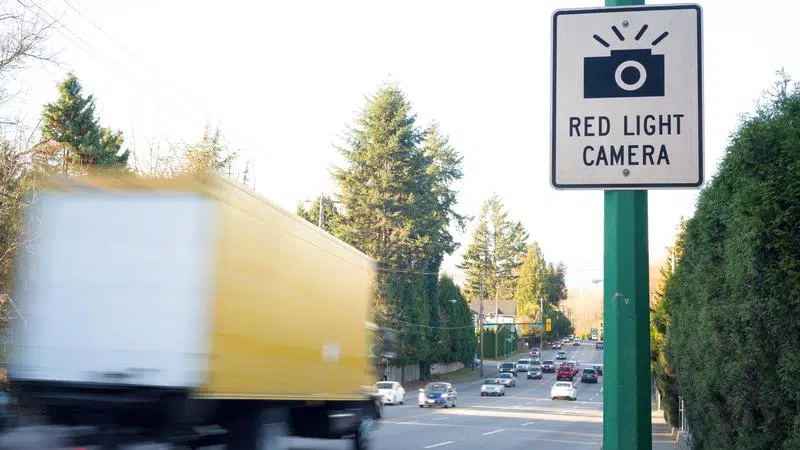
ROTHENBURGER: New intersection speed cameras don’t go far enough
ONCE AGAIN, KAMLOOPS has been left out.
Thirty-five B.C. intersections will be monitored with radar cameras to catch drivers who speed through. None will be in Kamloops.
The only thing wrong with this plan is that it’s half-baked. Once again, an opportunity to do something serious about speeders has been passed by. It’s political — the characterization of true photo radar as nothing more than a plot to take money from motorists tends to make governments deathly afraid of it.


